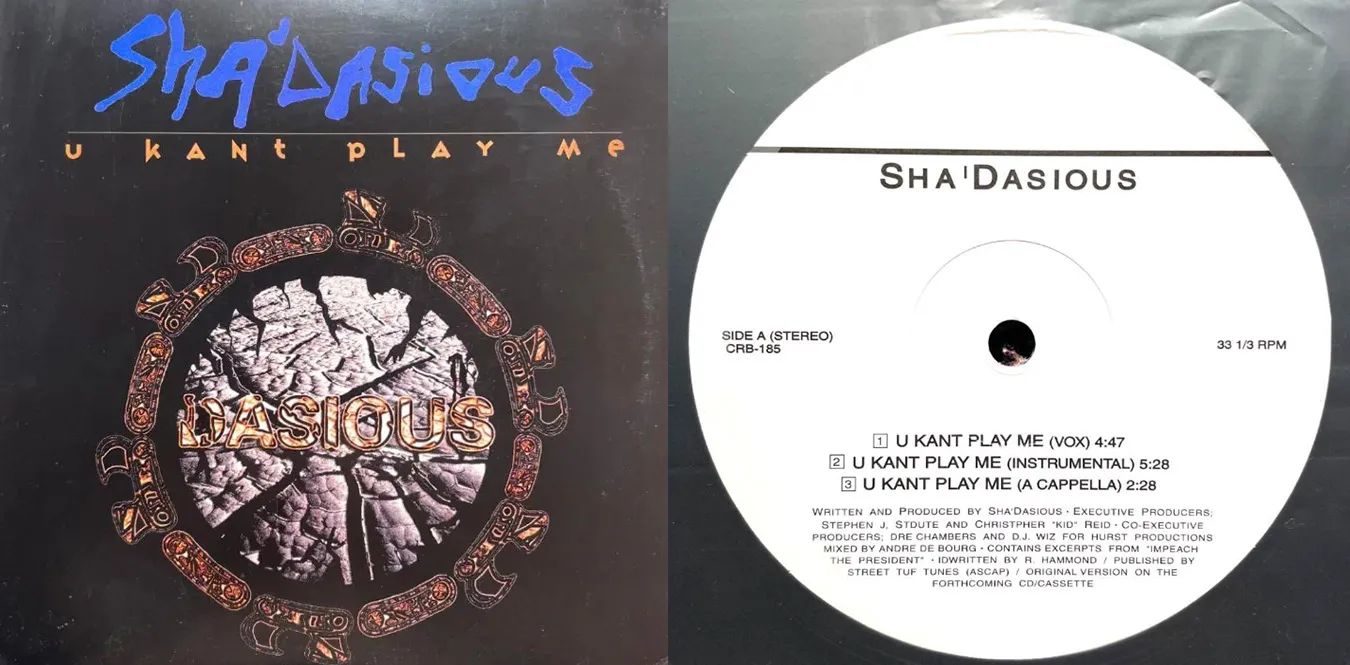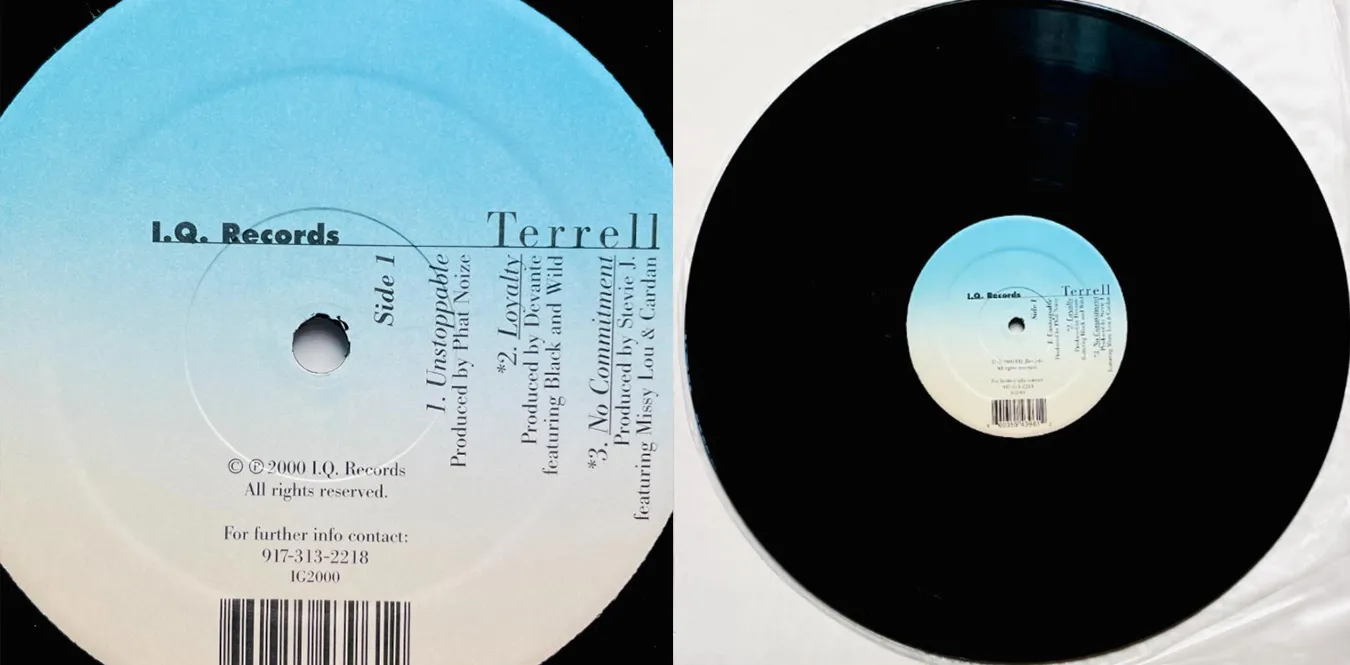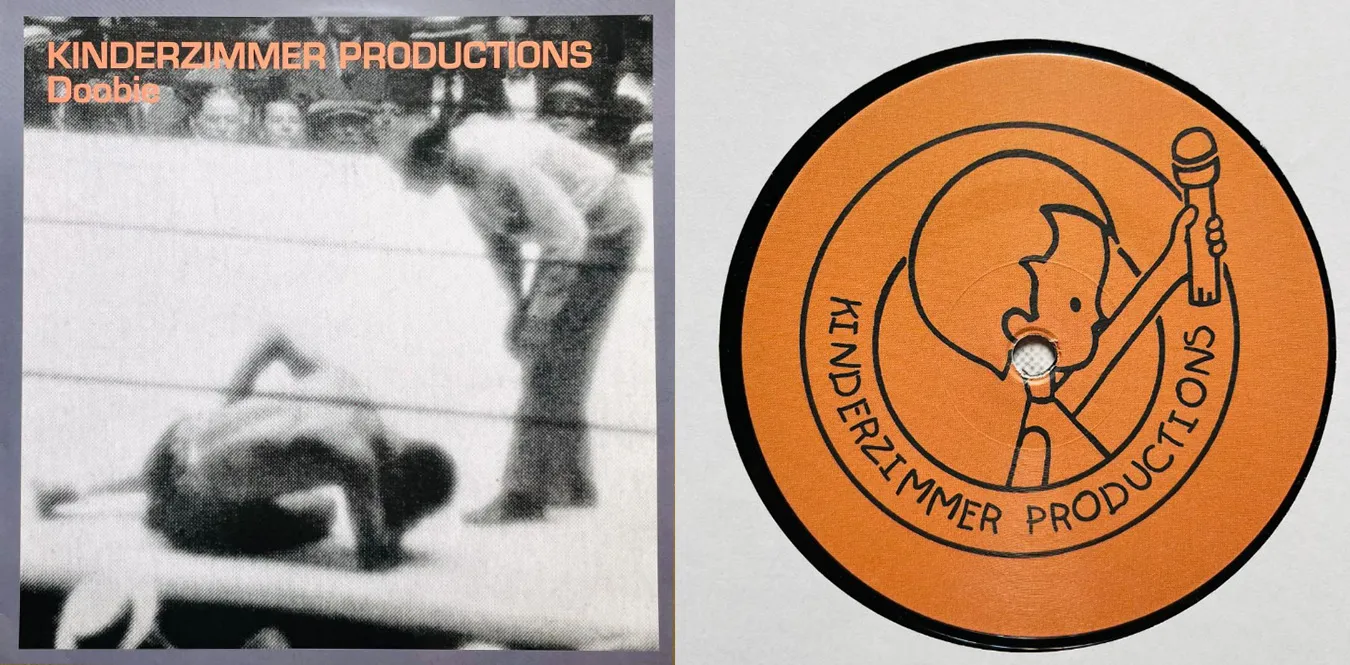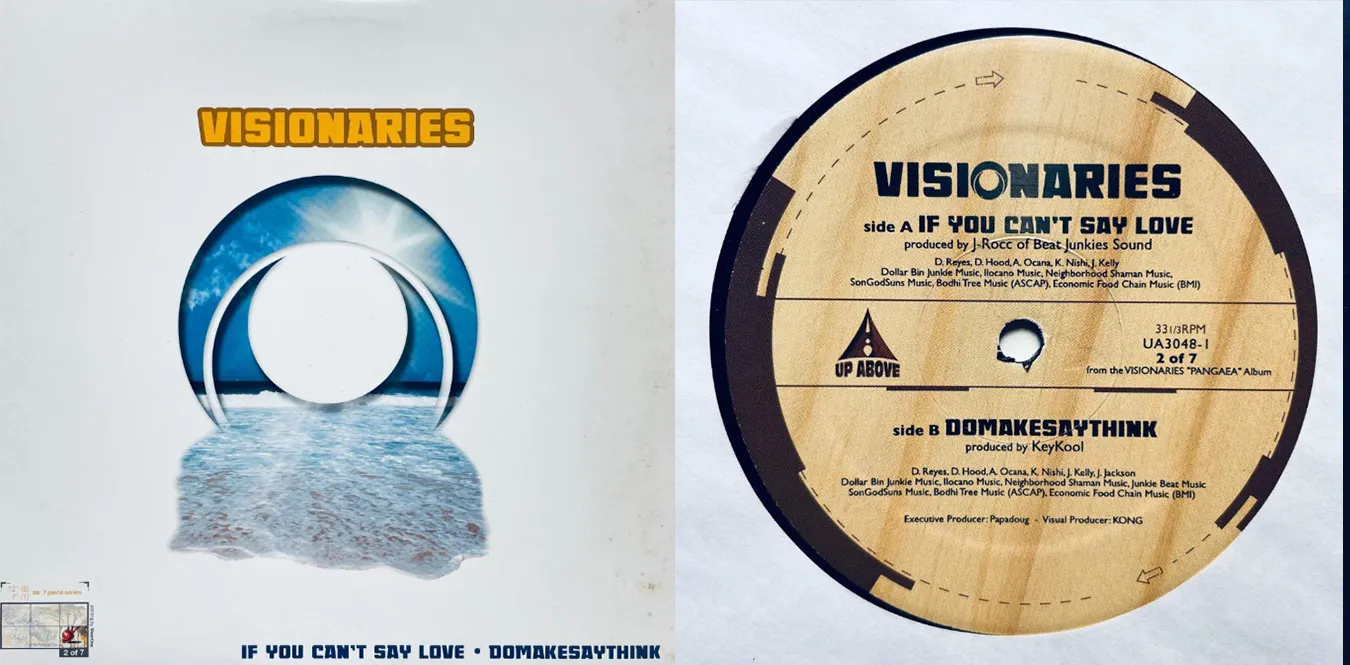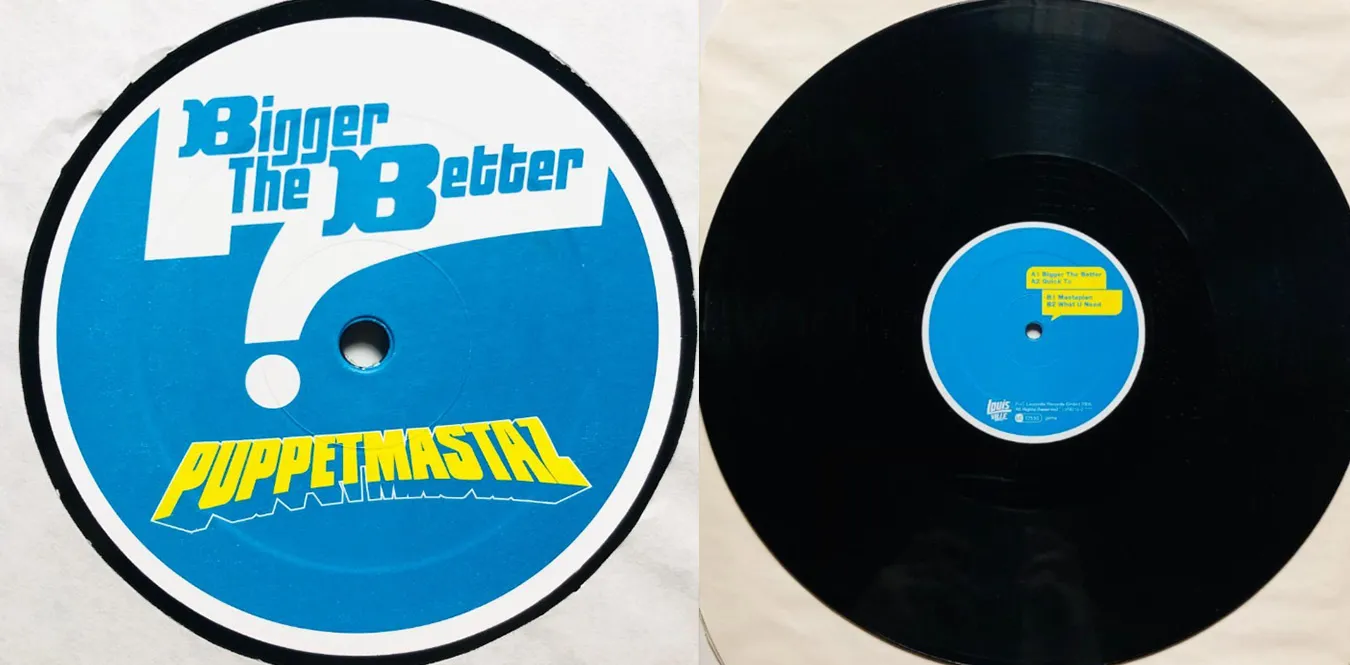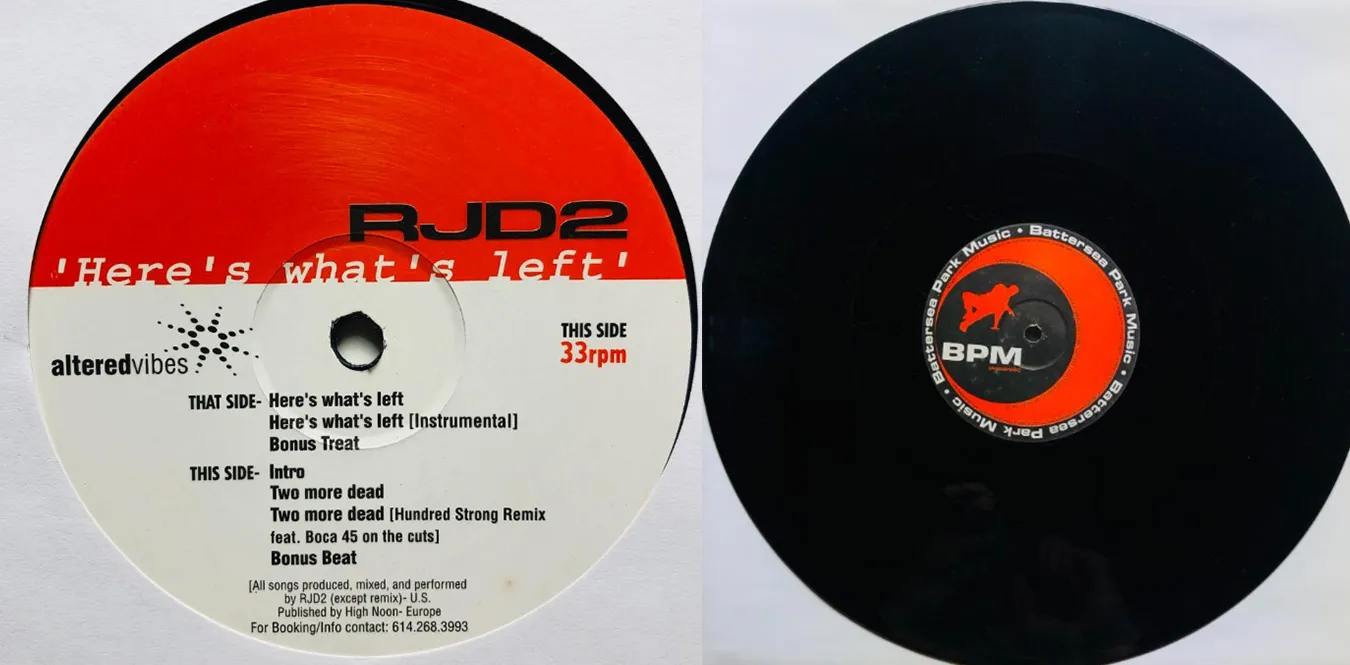![[Column] DMX: Howling Soul - Between violence and prayer](/../assets/images/column-dmx.webp)
DMX: Howling Soul - Between Violence and Prayer
Text: mmr|Theme: Deciphering DMX’s rap style, lyrics, and human nature full of contradictions. A record of a soul that continued to burn between violence and prayer, anger and relief.
“The hardest thing is loving someone who don’t love themselves.” ―DMX
In the late 1990s, at a time when hip-hop was becoming a symbol of glamorous success, DMX appeared with a voice that sounded like it was spitting blood. It was a voice that went beyond the “reality of the streets” and cried out human pain and prayers.
I. Birth of Roar: The existence of DMX
Earl Simmons, also known as DMX (Dark Man X). Born in Yonkers, New York, he grew up amid domestic violence and poverty. His childhood was deeply traumatic, and he spent his life going back and forth between juvenile detention centers and church. At this point, he had already formed a ““personality in which God and the devil coexist’’.
His raps consist of a barking dog voice, a heavy, cutting beat, and a prayer-like bridge. It was like preaching in church and fighting in the streets at the same time.
II. Street Pastor: Lyric Structure and Vocabulary
DMX’s lyrics are not just a show of violence, but a story of sin and redemption.
1. Double structure
His signature songs “Slippin”” and “The Convo” depict conversations with God. There is often a structure in which they talk to their inner demons and ask God for forgiveness.
“I”m slipping, I”m falling, I can”t get up.” ― Slippin” (1998)
2. Animal metaphor
DMX often refers to himself as “dog”. It is a symbol of violence, and at the same time indicates loyalty, solitude, and wildness. The dog was the only companion he could trust, and the object of his prayers.
“I trust dogs more than humans.” ― DMX interview, 2003
III. Style: Bark and Performativity
1. The deadly weapon of voice
DMX’s voice is as vivid as a subwoofer roar. His rapping was more about the instantaneous impact of his vocalizations than his flow.
The bass-driven “Grr!” and “Arf!” dominated the rhythm of the track itself.
2. Tempo and structure
His songs often subvert the normal 16-bar structure. The flow suddenly breaks and comes back again. This is because “emotional rhythm” was given top priority.
3. Performance
At live performances, it was not uncommon for audience members to cry during DMX’s prayers. When he yelled, “Lord, give me a sign!,” he sounded more like a preacher than a rapper.
IV. Ruff Ryders and Runaway Success
In 1998, “It”s Dark and Hell Is Hot” was released. DMX quickly reached number one in the US, and went on to set an unprecedented record of five consecutive albums at number one on Billboard.
The ““motorcycle culture x street mythology’’ he created with the Ruff Ryders crew (Swizz Beatz, Eve, The LOX, etc.) completely redefined the East Coast scene at the time. However, behind the scenes, DMX’s heart was falling apart between his faith and drug addiction.
V. Forms of Prayer: Faith and Self-Dialogue
Almost every DMX album includes a ““Prayer’’ track. This is his self-purification ritual, indicating that the music is “an extension of prayer.”
“I come to you hungry and tired, you give me food and let me sleep.” ― Prayer III, 1999
For him, God was not a ““symbol of salvation,” but an ““existence that gives trials.” His faith is not one of forgiveness but faith in battle.
VI. Human DMX: Anecdotes and Essence
1. A man sleeping with a dog
DMX has rescued homeless dogs and lived with them on the streets. He also brought his dog with him on tour, saying, ““Dogs have pure souls.’’
2. Free Sermon
After tours, he often left the audience on stage to pray in tears. That time wasn’t entertainment, it was ceremony.
3. Chain of law and drugs
Has been arrested dozens of times. However, most of this is the result of drug addiction and emotional trauma, and he himself says, ““My body broke before my mind died.’’
VII. Lyric Analysis: Light in the Violence
| Song title | Theme | Characteristic lyrics | Interpretation |
|---|---|---|---|
| Ruff Ryders” Anthem | Conflict and unity | “Stop, drop, shut “em down open up shop!” | Coexistence of aggression and street discipline |
| Slippin” | Introspection and rebirth | “See, to live is to suffer, but to survive is to find meaning in the suffering.” | Musicalization of Nietzsche”s philosophy of suffering |
| Lord Give Me a Sign | Faith/Salvation | “I really need to talk to you Lord.” | A desperate call to God |
| Who We Be | Social awareness | “The pain, the struggle, the friends, the trouble.” | The height of rhythmic catalog poetry |
VIII. DMX and the Era: Impact since the 2000s
DMX’s arrival brought a different kind of ““emotional realism’’ than Jay-Z or Nas. Later, Kanye West and Kendrick Lamar adopted structures that talked about “faith and suffering” as an extension of DMX.
- The reflective structure of Kendrick Lamar’s ““DAMN.’’
- Kanye West’s “Jesus Walks” religious hook
- Pop Smoke’s roaring vocals
Both inherit the “intersection of anger and prayer” that DMX opened.
IX. The Last Prayer - Death and Aftermath
In April 2021, DMX passed away due to a drug overdose. Passed away at age 50. His death was perceived by many fans as the end of the “Unsaved Prophet.”
However, his prayers remained even after death. At the final stage, he tearfully said:
“When you fall, get back up. I”m proof that God ain”t done with you yet.”
Those words still serve as a self-forgiveness mantra for many young people today.
X. Conclusion: Mythical structure called DMX
DMX’s story is more than just a hip-hop biography. It was a modern religious drama and a myth about the coexistence of violence and prayer.
*His “roar” is not anger, but a cry to prove his existence** *His “prayer” is not salvation but continuation of the battle
- His “dog” is a symbol of loyalty and solitude
DMX’s voice no longer exists in this world. But his spirit still screams “Arf! Arf!” in the pre-dawn speakers.
DMX chronology (main activities and events)
Reference work discography
| Release year | Title | Notes | Link |
|---|---|---|---|
| 1998 | It”s Dark and Hell Is Hot | Debut work/Street Roar | Amazon |
| 1998 | Flesh of My Flesh, Blood of My Blood | Intersection of blood and faith | Amazon |
| 1999 | …And Then There Was X | Blockbuster/”Party Up” included | Amazon |
| 2001 | The Great Depression | Turning point in reflective tone | Amazon |
| 2003 | Grand Champ | The pinnacle of success and the collapse of the spirit | Amazon |
Appendix: Sound structure analysis (relationship between beat and voice)
Final Chapter: Barking Prayer
DMX’s music is not a ““street testimony” but a ““record of the soul.” That cry is the very truth of people who lived their lives clinging to their faith without giving in to violence.
“If you”re real, you”re gonna feel it.” ― DMX

![[Column] A brief history of East Coast hip-hop — from the Bronx to Brooklyn to the world](/../assets/images/column-eastcoast-hiphop-history.webp)
![[Column] Deep dive into trip hop: Massive Attack / Portishead / DJ Shadow / DJ Krush](/../assets/images/column-triphop.webp)
![[Column] Overview of West Coast hip-hop — from its origins to the underground](/../assets/images/column-westcoast-hiphop-history.webp)
